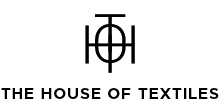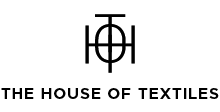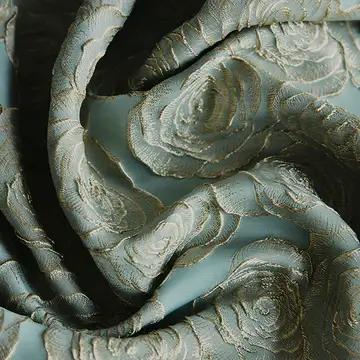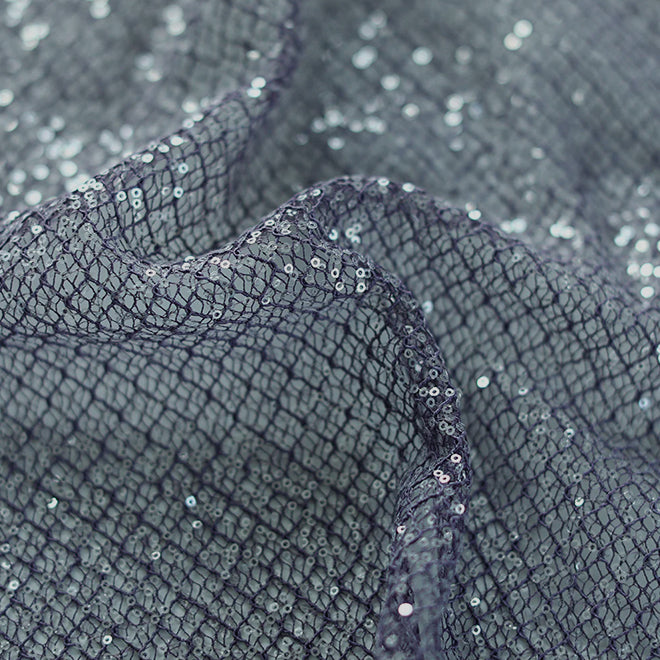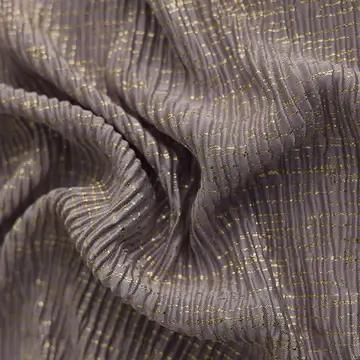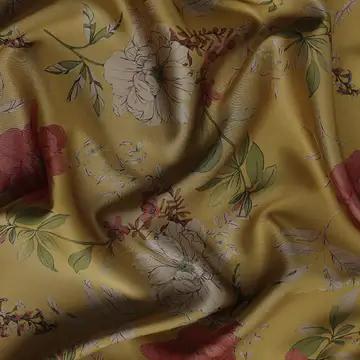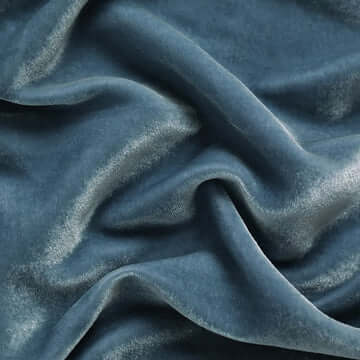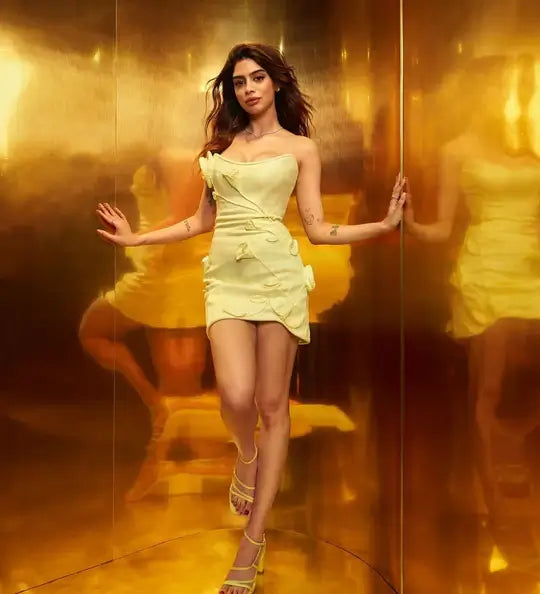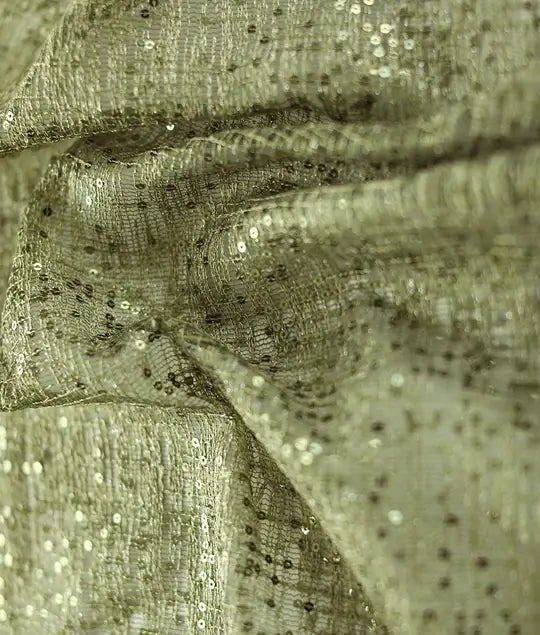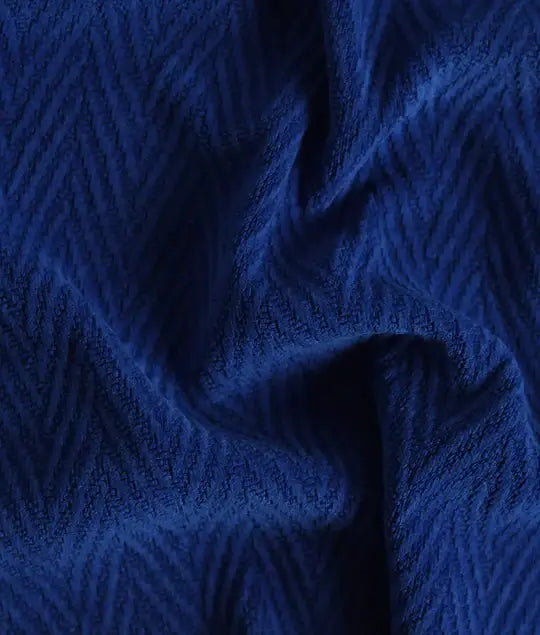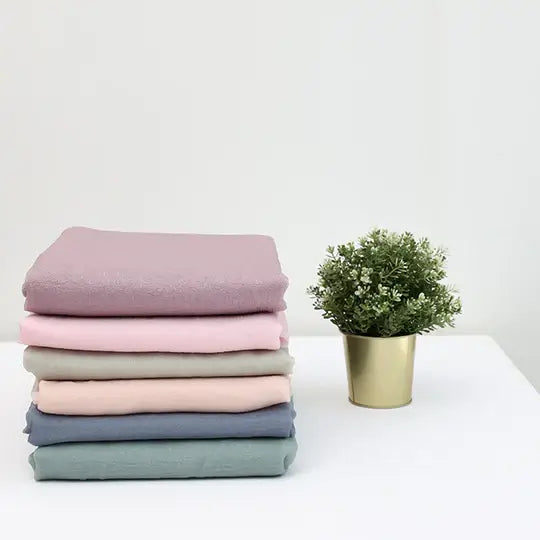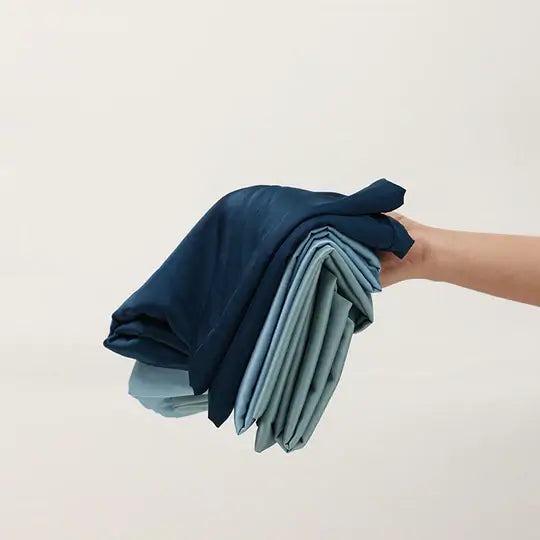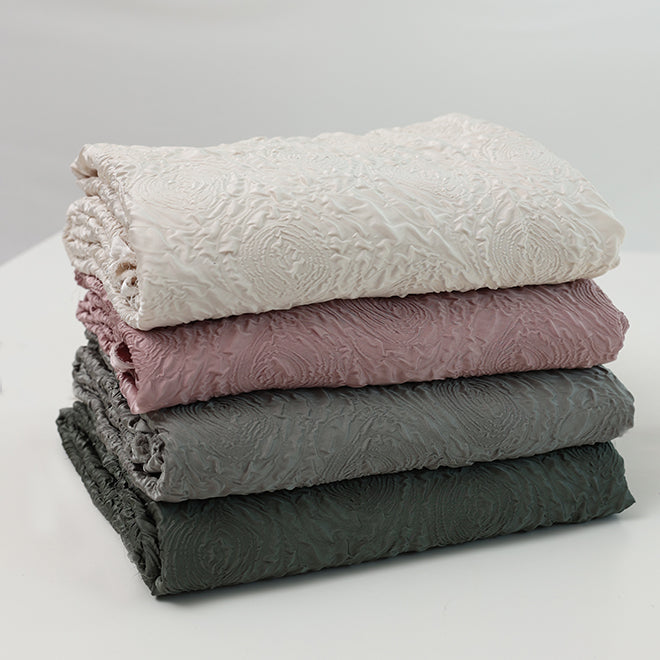5 Embroidery Fabrics and How You Can Use Them
Embroidery is a craft or art that uses thread and a needle to decorate fabric. Today, it's common to use embroidery for displaying custom art, or names and logos for groups, companies, or other business types on heavy embroidery fabrics. There are many types of embroidery methods. Some are done by machines, and others are custom-made. Some examples are drawn thread embroidery, stumpwork technique, cross stitch embroidery, and gold work embroidery. Basic embroidery hasn't changed very much over time. The basics, like the chain stitch, buttonhole or blanket stitch, running stitch, satin stitch, and cross stitch are still the main techniques used in hand embroidery today.

- Cotton: The Classic Canvas
Cotton is famous for being adaptable and breathable, perfect for needlework. It's even texture makes complex sewing easier, good for intricate graphics. It can be used for everything from gentle flower designs to fancy initials. Cotton's ability to soak up bright hues makes your needlework stand out, making it a striking work of art.
Try using satin stitches and French knots on cotton. This will help you make 3D flower designs. These can add a fancy touch to clothes and stuff in your house.
- Linen: Rustic Elegance
Linen, a fabric made of organic threads with a rough texture, has a rustic charm. This material is perfect for embroidery embracing minimalism and grace. It works great for classic hand-embroidery forms such as cross-stitching or crewelwork. Linen boosts the feel of your handmade items. Plus, the loose weave of linen invites unique changes in stitch intensity, providing thickness and breadth.
Blend together the cross-stitch designs with linen heavy embroidery fabric to make delightful enhancements for table covers, napkins, or even country-style attire.
- Silk: Luxurious Splendour
People who want the best luxury often pick silk. This heavy embroidery fabric is smooth and shiny, making it great for detailed embroidery. Silk thread moves easily allowing for detailed designs and tricky stitches. Silk embroidery speaks of lasting elegance, great for special event outfits and keepsakes.
Utilise silk fabric for gentle needlework like silk shading or stumpwork to create stunning visuals with an opulent feel.
- Velvet: Plush Extravagance
Velvet's soft and rich feel adds an appealing layer to embroidery. Stitches get absorbed into the heavy embroidery fabric, forming a layered outcome. Velvet, perfect for making tactile textures, is typically picked for decorating dressy clothing, accessories, or household decorations.
Play around with enhanced stitching methods, such as larger knots or satin stitches on velvet. This will give your embroidery a rich, plush texture.
- Denim: Casual Coolness
Denim fabric, the very symbol of relaxed style, has entered the embroidery world. Its strong build and lasting weave give a solid base for different needle work methods. Embroidery on denim is usually linked to a casual, boho chic vibe, perfect for adding uniqueness to jackets, jeans, and add-ons.
Choose bright, contrasting colours for embroidery on denim. Use techniques like a straight line stitch or loop stitch. This will make bold designs that pop out against the heavy embroidery fabric.

General Tips for Successful Embroidery
- Use Proper Backing
When you use certain types of fabric, think about using support materials. Examples could be stabilisers or interfacing. They help keep your embroidery work stable.
- Mind Your Needle
Pick the correct needle for your material to avoid any rips or damage. Thin needles suit fragile fabrics like silk, while tougher needles are perfect for heavy embroidery fabric like denim or velvet.
- Colour Harmony
Watch your colour picks to make sure your embroidery fits well with the fabric. Try out various thread colours to add layers and spark interest.
- Experiment with Stitches
Different Embroidery Types
- Stumpwork Embroidery
This kind of stitching appears to be three-dimensional. The style uses distinct elevated stitches, adding depth and texture. Normally, you'd find wire used to make pieces that literally stick out from the cloth.
- Drawn Thread Embroidery
The technique involves an even-weave fabric and is a kind of counted thread embroidery. Specific portions of thread rows in fabric are cut or "pulled out" to be reused in the fabric, leaving gaps. The remaining thread groups are then stitched or woven to create detailed designs.
- Cross Stitch Embroidery
This sewing method utilises aida cloth - a firm, grid-like fabric with holes in it. Utilising both cross-stitch and sometimes back-stitch patterns, it's done on a grid-platform. It falls under the 'counted thread embroidery' category and is not as free-flowing as hand embroidery. It exhibits a harmonious look - the even-weave fabric plays a big factor and stitches are perfectly even.
- Crewel Embroidery
Crewel embroidery, or crewel work, specifically involves wool threads and yarns. However, it still applies the stitches used in standard surface embroidery. With this type of needlework, there's added depth and texture, given that wool strands are bulkier than typical cotton ones used in embroidery.
- Goldwork Embroidery
Gold embroidery is a craft where metal threads are used. The purpose of using these metal wires is to imitate the look of gold. But, these threads aren't pure gold; the makers have always used silver coated in gold.

Wrapping Up
Embroidery is a blend of skill and imagination shown through your pick of material. You might choose the timeless cotton canvas, the simple sophistication of linen, the opulent beauty of silk, the lavish richness of velvet, or the laid-back style of denim. Every fabric opens a realm of creative chances.
Explore the website of The House of Textiles to browse through the variety of sequins embroidery fabrics. We have different fabrics in a variety of colours and designs, displaying diverse forms of embroidery. Pick the one that best suits your requirements at reasonable prices.
